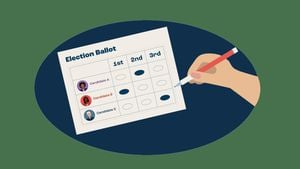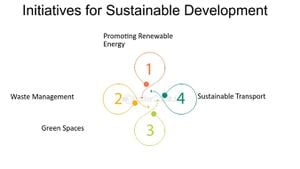The intricate mechanisms by which our immune system defends against invaders are nothing short of fascinating. Among the key players are T cells, a type of white blood cell that patrols our lymphatic system, ready to spring into action upon detecting foreign antigens. However, not all T cells behave uniformly; recent research reveals that specific types can demonstrate preferences for certain lymph nodes. This discovery raises intriguing questions about how T cells select their preferred destinations in the body and what implications this might have on immune responses.
A study conducted by Peter C. de Greef and colleagues, published in Science Advances, brings to light the notion that T cell receptors (TCRs)—the molecules that allow T cells to recognize antigens—are the primary determinants of which lymph nodes T cells prefer to inhabit. Their findings suggest that T cells not only circulate throughout the lymphatic system but also exhibit selective behaviors based on their specific TCRs.
Understanding the behavior of naive T cells is crucial because these cells are responsible for initiating the immune response against infections and diseases. Naive T cells circulate through various lymph nodes, encountering a mix of self and foreign antigens presented by dendritic cells and other antigen-presenting cells. Instead of randomly sampling these nodes, certain T cells seem predisposed to favor specific locations—an observation with deep implications for immunology.
The research team utilized advanced sequencing techniques to analyze nearly complete TCR repertoires from different lymph nodes in mice. Through their analysis, they uncovered a remarkable pattern: T cells are not just drifting aimlessly through the lymphatic system, but are actively guided by their TCRs’ interactions with self-peptides. This directional behavior underscores the importance of antigenic diversity across different lymph nodes, suggesting that particular sequences of TCRs may favor particular niches that exert unique antigenic exposures.
The methodology of this study involved the use of deep sequencing technology, a powerful tool for genetic analysis. In this case, the technique allowed the researchers to compare TCR sequences across various lymph nodes and determine their preferences based on treatment with anti-CD62L antibodies. CD62L is a molecule involved in the homing of T cells to lymphoid organs, so blocking it helps assess how T cells migrate and which lymph nodes they prefer. The results confirmed that TCR-specific interactions most strongly influenced T cell distribution patterns.
For the study, the researchers selected groups of naive CD4 and CD8 T cells, applying sequencing to their TCRs to map the preferences of these T cells in normal and treated conditions. The comprehensive approach provided insights not only into their migratory patterns but also into the TCRs that were particularly enriched or depleted in specific lymph nodes post-treatment. This level of analysis, leveraging advanced genomic technologies, provides a robust understanding of T cell behavior.
The findings from this research demonstrated that T cells enriched in specific lymph nodes displayed TCR sequences that were often similar, indicating a potential mechanism for how TCR diversity corresponds to preferences for unique lymphatic niches. For instance, T cells with almost identical TCR sequences were significantly more likely to be found in the same lymph node than those with notable differences. This suggests a complex interplay where T cell behavior is intricately bound to the antigenic landscape they are exposed to in each lymph node.
Statistical analyses revealed that TCRs affect the residence time of T cells in various lymph nodes. In untreated conditions, many T cells were found to be rapidly exiting certain nodes, likely due to weak or absent interactions with self-peptides present there. The researchers observed that the pattern of enrichment or depletion of TCRs was consistent across different experiments, affirming that these behaviors stemmed not just from random variations but from a substantive biological basis fundamentally tied to TCR specificity.
The significance of these findings cannot be overstated. Understanding T cell distribution offers profound implications for vaccine development and immunotherapy. For example, if we can determine how specific TCRs interact with distinct sets of antigens within lymph nodes, researchers could strategize to enhance vaccine efficacy or target persistent infections more effectively.
Moreover, the study indicates that specific TCRs may play crucial roles in determining which immune responses are activated in response to various pathogens. Such insights could be pivotal in not only identifying immunological pathways but also in tailoring approaches for autoimmune diseases where misdirected immune responses occur.
However, while the research offers exciting perspectives, challenges remain in the exploration of how these findings translate into broader clinical applications. Future studies may need to tackle the complexity of the lymphatic system in different pathological contexts. For instance, variations in the composition of antigens due to infection or cancer could influence TCR preferences in unpredictable ways, complicating the goal of creating universally effective therapeutic strategies.
In conclusion, the work by de Greef and colleagues propels us toward a richer understanding of how T cell behavior is governed within the immune system. The assertion that "naive T cells intermittently sense antigenically dissimilar niches” indicates a sophisticated network of interactions at play within lymph nodes. The ongoing investigation within this domain not only enhances immunological knowledge but could hold the keys to future breakthroughs in medical advancements—profoundly affecting how we approach health and disease management in an increasingly complex biological landscape.



